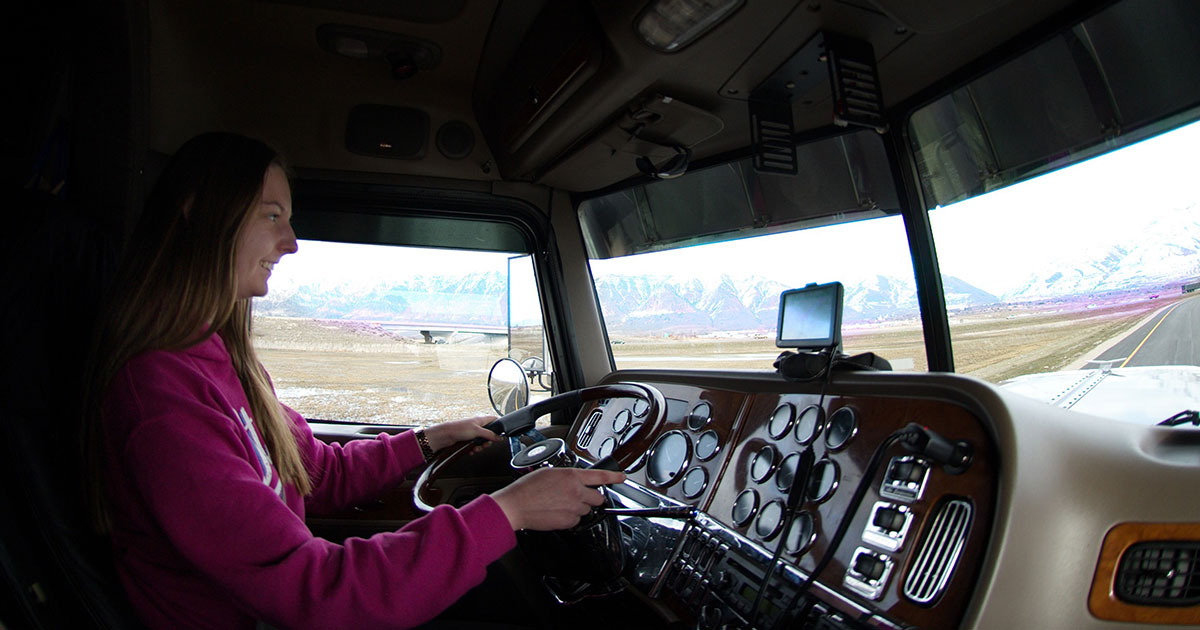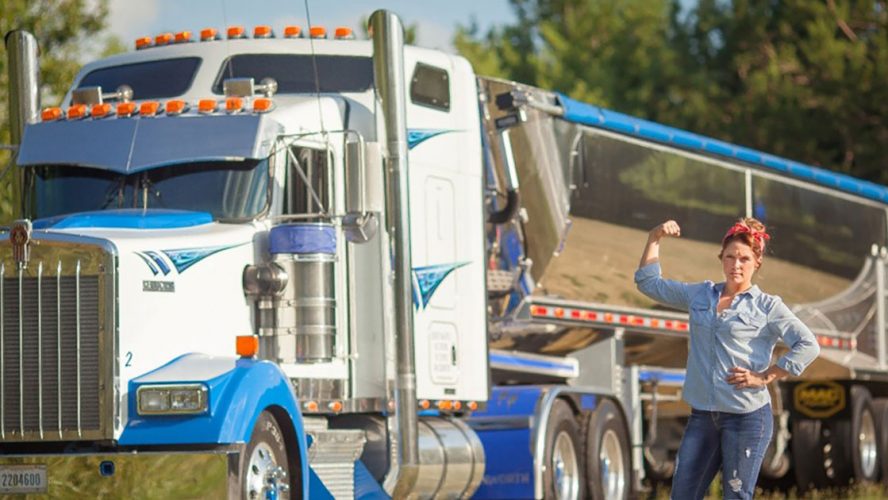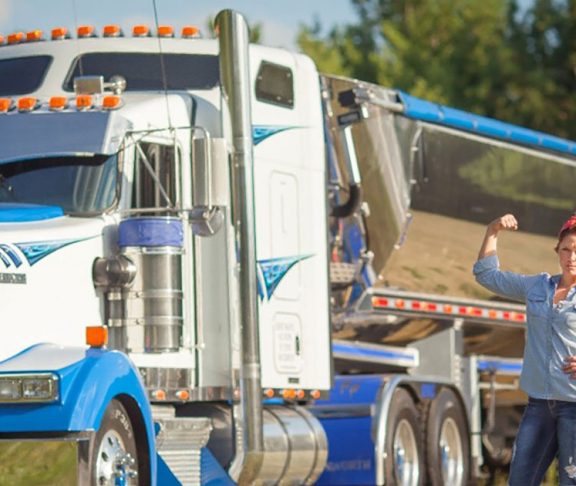Women make up half the population and over fifty percent of the labor force, but only one in twenty professional drivers on the road are female. Why aren’t women considering a career in the trucking industry?
Warren Buffett once said, “The closer that America comes to fully employing the talents of all its citizens, the greater the output of goods and services will be.” Women bring a different perspective to any situation and often, that view is about collaboration, sustainability and avoiding risks. These are characteristics you want to see in a professional driver.
The numbers
According to the Social Issues Research Centre, women take fewer risks. They found that men have twice the number of crashes as women, and are more likely to be involved in a crash occurring on a curve, in the dark, or while passing other vehicles. Typically, accidents involving women occur at slower speeds, which results in less damage to the equipment and fewer fatalities.
The United States Institute for High Safety found that the ratio of deaths per million miles is significantly less for women than for men, even as the number of deaths from fatal crashes was reduced. In 2013, the Federal Motor Carrier Safety Administration reported that crashes involving female professional drivers was under three percent, while the percentage of female drivers is more than double, or nearly seven percent.

Male drivers are more likely than female drivers to report aggressive driving behaviors, according to AAA Foundation for Traffic Safety. Quite simply, men are driven by testosterone and women are driven by estrogen. Testosterone encourages a focus on winning and in demonstrating power, while estrogen encourages bonding and discourages risk-taking.
The World Health Organization in 2002 reported “Masculinity” may be hazardous to health.
Additionally, trucking industry executives report that women are typically easier to train, are better with their customers, take better care of the truck and equipment, and are often better at completing the required paperwork.
Yet why are women so under-represented as professional drivers? Oftentimes, it’s the image they have of a dirty, physically demanding male-dominated environment where they aren’t wanted or valued.

